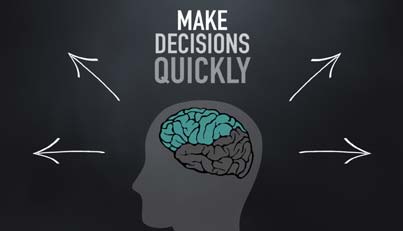Ray Dalio has a few principles for making better life choices, including the need to balance immediate gain and long-term benefit. You might also want to think about risk versus uncertainty. If you’re a novice investor, these principles can help you make better decisions. However, they aren’t foolproof. As with any other decision, there are risks and rewards. Here are three of the most important principles for making better life choices.
Ray Dalio’s advice on Making Better Life Decisions

In his TED Talk “Be an Effective Decision Maker,” Ray Dalio offers some valuable advice for anyone looking to make better life choices. His advice includes thinking like Picasso and getting away from detail, and he summarizes this advice into four parts. In fact, top performers often follow a similar pattern of decision making, such as Steve Jobs, who famously wore the same outfit every day. Visit this link: Picker Wheel for more information.
According to Dalio, these principles apply to both work and life. When applied, they will enhance relationships, improve decision making, and help individuals adapt to change. These principles are broken down into life and work categories, and they are meant to help people control their animal instincts and put their higher-level brains in charge. But, first, let’s look at each of these principles in turn.
Considering Immediate Gain vs. Long-Term Benefits
Major decisions require careful thought and consideration. Some decisions yield an immediate gain but have a long-term negative impact. A good example of this is saving money for a bicycle, as a child. As an adult, you may have to resist the temptation to buy that expensive item every day. But remember that your long-term goal is still within sight. Consider the long-term benefit of such a decision before you make your final decision.
Considering Risk vs. Uncertainty

Considering risk vs. uncertainty when making life decisions is a crucial consideration, but is it an effective way of managing anxiety? There are real consequences to each type of decision, and the right way to handle uncertainty depends on the specific situation. We often think in terms of risk, assuming that we can calculate probabilities of different outcomes. In reality, however, the probabilities of any given outcome are unknowable.
The DOSPERT and BART scales are two common tools used to measure risk and uncertainty, but most studies fail to properly distinguish between the two. The DOSPERT scale incorrectly classifies uncertainty as a measure, while the BART is a more accurate way of assessing risk. In our literature review, we systematically assessed all articles on uncertainty and risk by using Scopus and identifying their categorization. We grouped all of them into four categories, which are presented below.